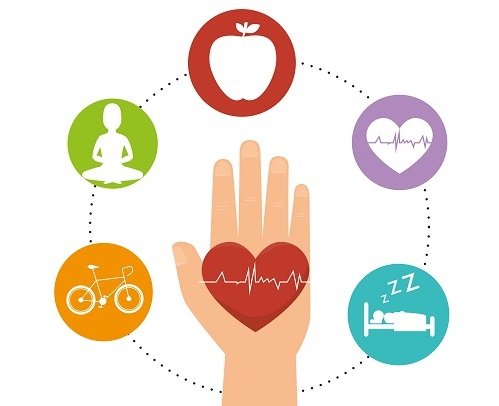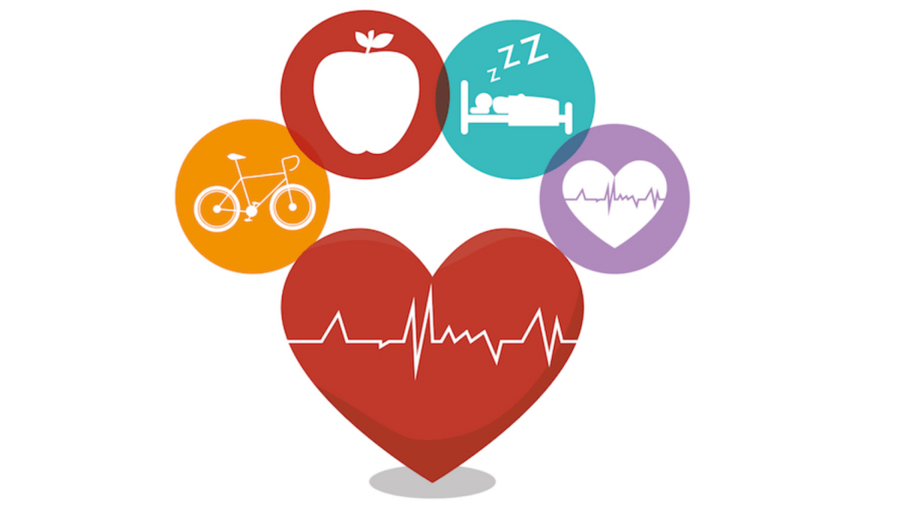Understanding the Nuances of Body Image and Body Dysmorphia
Body image concerns are prevalent in today's society, significantly influenced by the constant bombardment of idealized body types across various media platforms. This pervasive exposure can contribute to unhealthy fixations on appearance, sometimes escalating into body dysmorphia. This article clarifies the crucial distinctions between these two concepts.
Body image encompasses our personal perception of our physical selves. This perception is multifaceted, shaped by societal norms, cultural influences, and individual experiences. It's a subjective and dynamic concept, fluctuating based on external feedback (compliments, criticism) and internal factors like mood and self-esteem. Experiencing occasional insecurities or concerns about one's appearance falls within the spectrum of normal body image variation.
Body dysmorphia, however, transcends typical body image concerns. It's a diagnosable mental health disorder characterized by an obsessive preoccupation with perceived flaws or defects in appearance. This preoccupation is often excessive and disproportionate to reality; individuals with body dysmorphia hold a distorted view of their bodies, sometimes bordering on delusional beliefs. Their distress extends far beyond fleeting insecurities.
A critical differentiating factor lies in the impact on daily life. While body image issues might cause temporary distress, body dysmorphia significantly impairs social and occupational functioning. The constant worry and self-criticism can severely affect relationships, work performance, and overall well-being, impacting quality of life profoundly.
Body image is inherently fluid and susceptible to change; body dysmorphia, conversely, is a persistent and chronic condition demanding professional intervention. While self-compassion and challenging negative thoughts are valuable for managing body image concerns, body dysmorphia requires a structured therapeutic approach.
Seeking professional help from a mental health professional is paramount if you suspect body dysmorphia in yourself or someone you know. A comprehensive assessment leads to a tailored treatment plan, frequently incorporating therapies such as Cognitive Behavioral Therapy (CBT) and, in some cases, medication.
Cognitive Behavioral Therapy (CBT) is widely considered a cornerstone treatment for body dysmorphia. CBT helps individuals identify and challenge distorted thinking patterns, cultivate healthier coping mechanisms, and gradually confront feared situations or body parts. This process promotes gradual desensitization and a more realistic self-perception.
Medication, specifically selective serotonin reuptake inhibitors (SSRIs), might be prescribed to alleviate accompanying symptoms of anxiety and depression, common comorbidities with body dysmorphia. However, medication is not a sole solution; it functions best as an adjunct to therapy.
Supportive friends and family play a crucial role in the recovery journey of individuals grappling with body image or body dysmorphia. Open communication, empathetic understanding, and education about the disorder foster a safe and encouraging environment conducive to healing. Avoiding judgment and offering unconditional support are key.
The influence of social media on body image cannot be ignored. The curated and often unrealistic portrayals of beauty contribute to unrealistic expectations and negative self-perception. Consciously limiting social media exposure or carefully curating one's feed to prioritize body-positive content can be a beneficial strategy.
It's crucial to remember that beauty is diverse and multifaceted. Embracing this diversity and celebrating different body types fosters a more inclusive society. Challenging narrow beauty standards and promoting self-acceptance are crucial steps towards a more positive and accepting environment.
Body image concerns and body dysmorphia impact individuals across all genders, ages, and backgrounds. It's a misconception to associate these issues solely with women or adolescents; men, non-binary individuals, and older adults can equally experience these challenges.
The path to self-acceptance and recovery from body image issues or body dysmorphia is a personal journey, requiring patience and perseverance. Progress is not always linear; setbacks are a normal part of the process. Maintaining consistent effort and seeking support when needed are vital for sustained improvement.
In conclusion, understanding the nuances between body image and body dysmorphia is critical for providing appropriate support and treatment. By promoting body positivity, advocating for professional help when necessary, and cultivating a culture of self-acceptance, we can collectively strive towards a world where everyone feels comfortable and confident in their own skin.
We encourage you to reflect on your own experiences with body image and share your thoughts in the comments below. Let's continue this conversation and work towards a more inclusive and body-positive world together.






